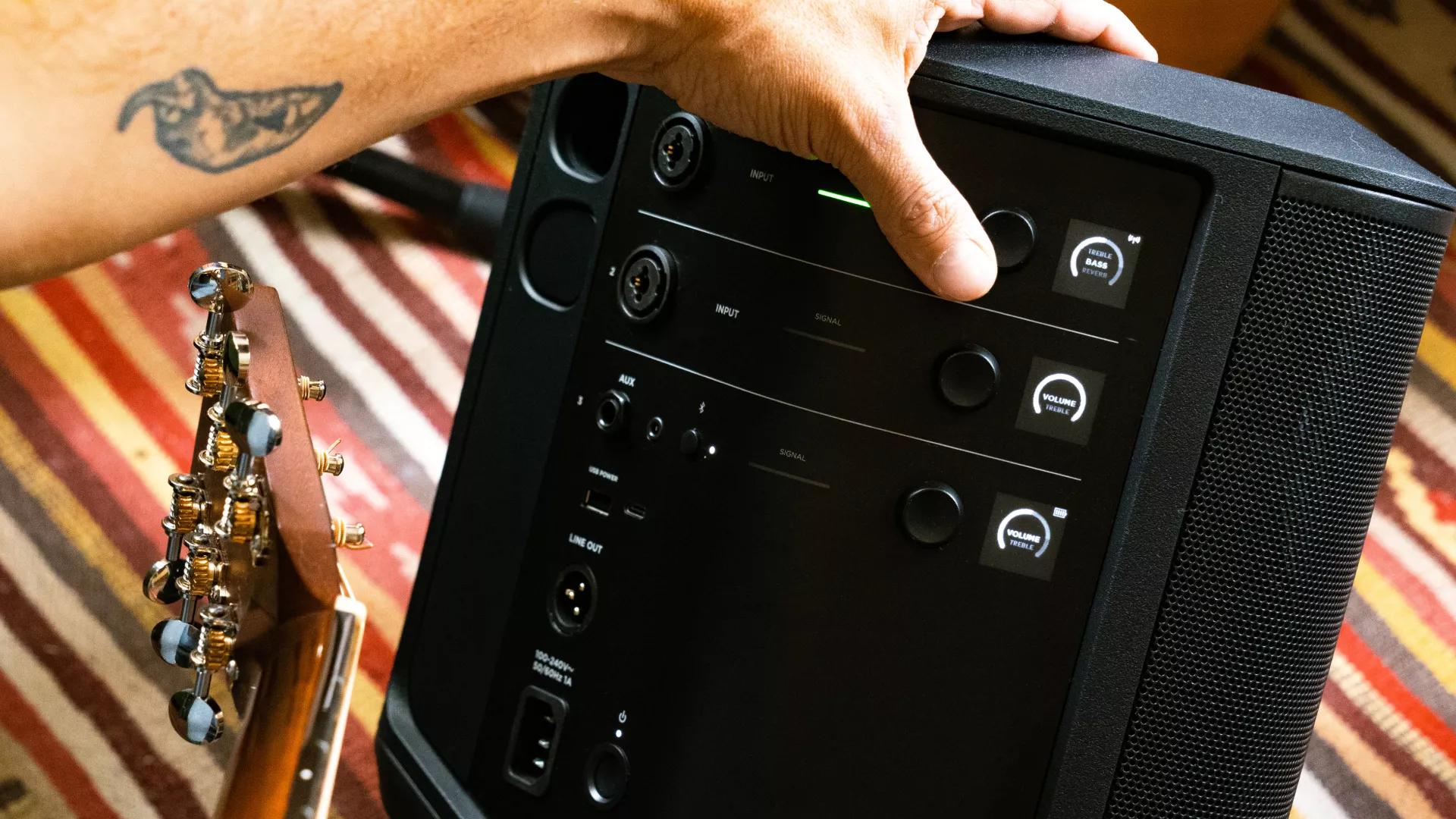From CDs to the internet, the 1990s caused a revolution in how sound systems work, primarily due to a new digital signal. Analog sound is transmitted in electric pulses of varying amplitude, while digital sound transmits the signal in a series of 1s and 0s. This required new playback devices, and a new crucial component: the digital-audio converter, which transforms the digital signal into an analog wave so we can still hear it.
Bluetooth® and Wi-Fi® technology marked the next major step in speaker development and began to expand speaker capabilities and functions by the mid-2000s. As their functions and capabilities matured, Bluetooth range has increased drastically, as seen in Bose Bluetooth speakers, portable PA speakers, and smart speakers.
Not only do they play music, podcasts, and soundscapes from any wirelessly connected Bluetooth device — or from your favorite streaming services via Wi-Fi — Bose portable speakers have hours of playback without plugging in, thanks to the rechargeable power source.
The portability of wireless Bluetooth speakers also means you can expand coverage to wherever you are, whether that's pulling weeds in the garden or gathering with friends on the patio. Don't worry about wear and tear either, as all Bose speakers are built with high-quality, durable materials. Some, like the Bose SoundLink Flex Bluetooth® Speaker are entirely water and dustproof.
